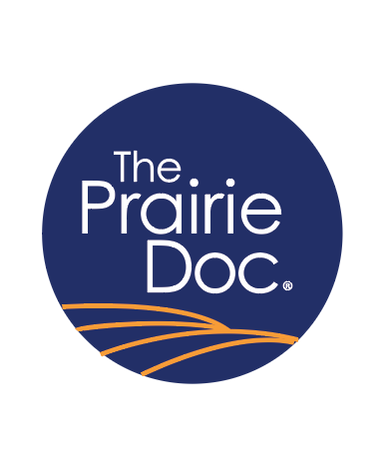War Advances MedicineBy Richard P. Holm, MD
A.P. Kalem said, “War is never a lasting solution for any problem.” However, is that statement completely true? War, through the ages, has brought great advances and solutions in medicine. Perhaps the first innovation in medicine that evolved during warring times came with drilling holes through the boney skulls of warriors whose heads were smashed in by clubs. Once a hole was made, one could insert a finger and pull out the caved-in skull bone with the added benefit of providing an escape hole for bleeding, releasing pressure off the brain. There are museums that have 7,000-year-old skulls with healed over burr holes, and this treatment called trephination, is still done today. During the 1700 and 1800s, the world-wide imperialism of the British came from their conquering navy. This was partially because the Brits knew lime and lemon juice with vitamin C prevented scurvy which is a life-threatening progressive condition of profound weakness, gum disease, skin ulcers and bleeding. Opposing navies riddled with scurvy had no chance against the Brits. During the Crimean War of the 1850s, Florence Nightingale and her team of newly trained nurses showed how nursing made a difference. They cleaned up injured soldiers, provided a warm dry bed, gave healing nutrition and, in general, cared for the soldier, which remarkably reduced the death rate by two-thirds. Nursing grew from that beginning. The Civil War brought the advancement of anesthesia with easily used ether and the education of myriads of surgeons who spread their surgical skills throughout the country after the war. Also, the Civil War generated the development of the ambulance wagon, an effective method of transferring the injured from the battlefield to a place for treatment and comfort. For example, in the battle of Antietam, every wounded-living Union soldier was off the battlefield by the end of the day. During the Boer War and World War I, X-Ray machines became available at portable hospitals, facilitating the repair of boney injuries. The field of orthopedics evolved as surgeons had growing trauma experience along with the aid of anesthesia and antisepsis. Also, blood transfusions and intravenous fluids came to be used during WWI and brought into reality how very sick people no longer had to die from dehydration. Civil War General William T. Sherman said, “War is cruelty . . . and at best barbarism. Its glory is all moonshine . . . war is hell.” That said, in response to the terrible injuries and illnesses of war, we have learned and improved medicine in ways to relieve suffering and enhance healing during times of both war and peace. For free and easy access to the entire Prairie Doc® library, visit www.prairiedoc.org and follow The Prairie Doc® on Facebook, featuring On Call with the Prairie Doc® a medical Q&A show streaming live and broadcast on SDPTV most Thursdays at 7 p.m. central. Comments are closed.
|
Archives
July 2024
Categories |
 RSS Feed
RSS Feed


